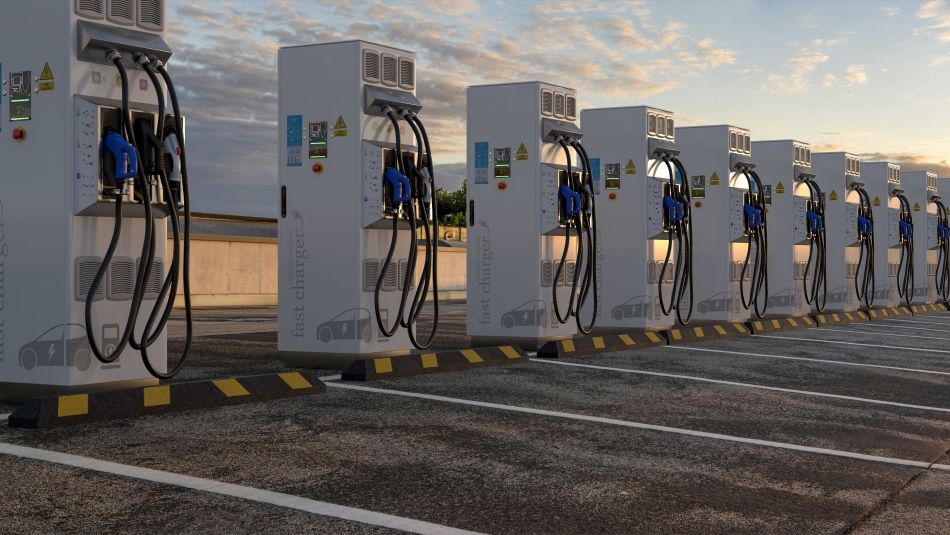
Share
Lana Payne
Investment in Canada’s auto industry is booming. With Honda’s recent $15 billion commitment to new EVs and battery components, including a first-ever separator facility in Port Colborne, that’s more than $50 billion in auto supply chain investments in just over three years – an impressive run of industrial success.
Sadly, some in this country have a hard time accepting this.
Globe and Mail columnist Andrew Coyne, for instance, blew a gasket on social media after the initial Honda news broke. He suggested the recent inflow of new auto factories, skills, technologies, and jobs was not worth government’s time or public money.
Perhaps it’s Canada’s decades-long run of industrial misery, falling productivity, rising precarity, and retirement insecurity that many in this country have forgotten what it’s like to win.
Because that’s what Canada is doing right now. Winning.
For context, let’s flash back 15 years to March of 2009.
A federal committee in Parliament was studying the “crisis” in Canadian auto manufacturing. A crisis of job loss, skills depletion, and investment decline. At the time, many wondered if Canada had any future building cars, trucks, and component parts at all.
This was a crisis borne of government neglect. It had been building for many years. The financial sector collapse of 2008, and ensuing bankruptcies of automakers GM and Chrysler, pushed what was an already teetering auto industry off a cliff. By 2010, 50,000 direct auto jobs disappeared in Canada in the span of a decade. A crisis that was bordering catastrophic.
The federal Conservative government at the time, led by Stephen Harper, couldn’t stomach the idea of investing funds to land new vehicle programs, let alone build new auto plants. This, at a time, when a visionary German auto industry was already seeding investments in electric car production.
Ignoring the advice of industry experts and workers, the Harper Conservatives chose a different path – very similar to the one parroted by some armchair economic critics today.
They cut taxes for businesses - $60 billion worth – that delivered nothing but one of the worst investment droughts in Canada’s post-war history.
They offered capital financing tools that (with interest rates already low) few found helpful.
They signed Canada up to more industrial job-killing trade deals.
And they presided over the gutting of auto sector collective agreements, weakening contracts and lowering future wages for workers, all on condition of providing lifeline supports to GM and Chrysler.
The crown jewel of Harper’s auto investment strategy was a 10-year, $500 million Automotive Innovation Fund (AIF), launched in 2008, that paled in comparison to government supports offered by competitor nations. The approach to industrial development in this formative, post-financial crisis period was a resounding failure.
It’s no surprise that major North American automaker investments in Canada plummeted in this period – with Mexico sucking up most of Canada’s share.
While some railed against the evils of “corporate welfare,” our industrial base - our capacity to build, process and refine the things we need – was rapidly falling apart.
For autoworkers, this period reeked of weak-kneed and misguided government leadership. Pierre Poilievre was a government cabinet minister during this time. It’s unclear that he has changed his tuned on auto investments and industrial policy.
The Harper government had a failed understanding of how modern industrial economies actually work, and the role governments must play to build and sustain them. If the pandemic taught us anything, it’s that we can’t take working class, factory jobs for granted ever again.
The criticism that flowed from the record-setting Honda investment, among other game-changing net zero investments in recent months, is troubling. All told, these generational investments will save tens of thousands of auto jobs, and create tens of thousands more, including in construction, mining, services, research and development, and throughout the supply base. So successful is this approach in forward-looking investments in emissions-reducing production technology that it should inspire other industrial sectors in Canada to follow suit.
The EV shift presents its own set of transitional challenges for workers, and that is what this country needs to focus on. That’s the hard work ahead. Sitting back and levying criticism is easy and unproductive.
Fifteen years ago, the auto sector was in crisis. Today, it’s ceiling is limitless. We’ve turned a corner and proven to ourselves that Canadians can, once again, build big things.
There’s no going back.


